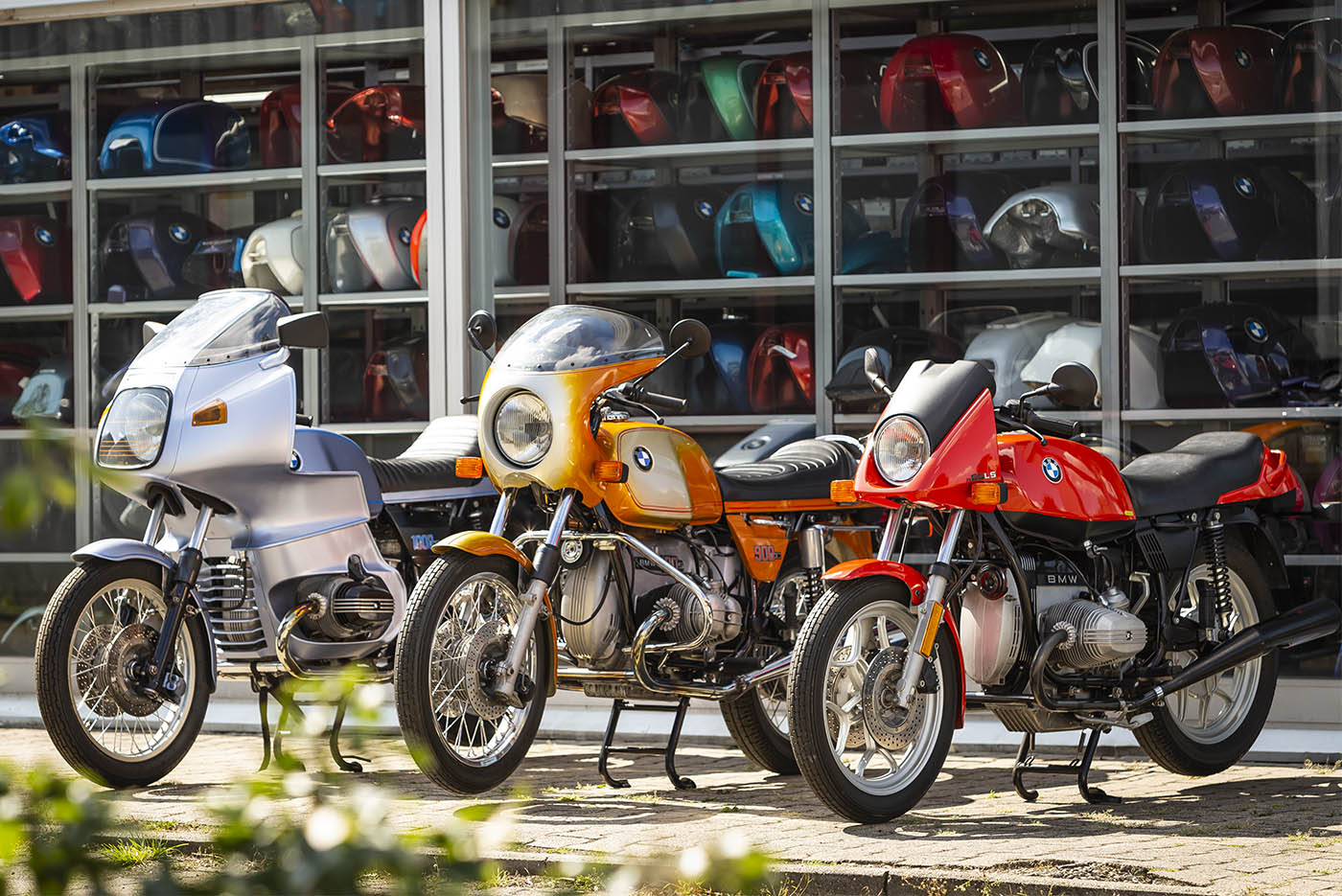Your Go-To Motorbike Shop for Quality Parts and Accessories
Your Go-To Motorbike Shop for Quality Parts and Accessories
Blog Article
Understanding Motorcycle Gears: How to Maximize Your Riding Experience
In the world of motorcycling, understanding the art of gear manipulation is crucial for improving your riding efficiency. Effectively comprehending and utilizing motorbike gears can substantially influence velocity, control, and gas effectiveness, changing an average experience right into a smooth, exhilarating journey.
Comprehending Equipment Mechanics
Just how do the complexities of gear technicians influence bike performance? At the core of motorbike characteristics, equipment technicians play a crucial role in transforming engine power right into motion, eventually determining rate and control. Gears, carefully crafted parts, permit cyclists to optimize torque and speed, ensuring a seamless shift with different surfaces and velocities. The gear proportions, meticulously designed, determine the relationship between engine revolutions and wheel turns, impacting acceleration and fuel efficiency.
Comprehending gear technicians starts with acknowledging the importance of the gearbox, which houses numerous gears of varying sizes. These equipments interact through a procedure called meshing, where teeth of various equipments involve to transmit power. The accuracy of this communication is crucial; any type of imbalance or damage can lead to inefficient power transfer, impeding efficiency. In addition, the arrangement and size of equipments influence the bike's capability to manage various loads and rates.
Moreover, the idea of gear shifting is important to making the most of performance. Smooth and timely shifts make sure that the engine runs within its ideal power band, avoiding unneeded pressure and boosting durability (motocross gear). By understanding these mechanical details, cyclists can accomplish an unified blend of control, effectiveness, and power, elevating their riding experience
Timing Your Shifts
Change timing proficiency is essential for enhancing motorcycle efficiency and boosting the riding experience. Appropriately timed shifts guarantee that the engine operates within its ideal power band, which is important for maintaining control, accomplishing smooth acceleration, and making certain the durability of the motorcycle. Bikers must develop an instinctive sense of when to change gears, which entails recognizing the relationship in between engine revolutions per minute (RPM) and speed.
To grasp change timing, pay close attention to the engine's sound and feel, as these give crucial clues regarding when to transform gears. When the engine comes close to the top variety of its power band without reaching the redline, the ideal change factor usually occurs - motorbike shop. Changing as well early can bring about an absence of power, while shifting as well late may trigger unnecessary engine strain
Furthermore, roadway problems and riding design influence shift timing. For example, in metropolitan settings, smoother and more constant shifts may be needed to navigate website traffic efficiently. On the other hand, throughout highway riding, less changes at higher rates can be better suited. Practicing in varied atmospheres will certainly improve your capability to time changes specifically, inevitably raising your riding experience to a specialist level.
Enhancing Fuel Effectiveness
While understanding motorbike gears is critical for performance, boosting fuel performance is similarly vital for both environmental and economic factors. Ideal gas consumption not just reduces functional costs however additionally decreases the eco-friendly impact of riding. To accomplish this, one need to understand the detailed partnership in between gear choice and engine efficiency.
Riding in a greater equipment at lower rates can lead to engine hauling, which is destructive to both gas economy and engine health. On the other hand, riding in reduced equipments at high speeds results in unnecessary fuel intake.
Furthermore, routine maintenance plays a crucial role in fuel efficiency. Ensuring that the motorbike is well-tuned, with clean air filters and effectively pumped up tires, can minimize and improve the rules of aerodynamics fuel waste. Taking on a browse around this site riding style that embraces steady acceleration and smooth slowdown can add to far better gas economy.

Techniques for Smooth Transitions
Attaining smooth equipment changes is basic to improving the riding experience and ensuring the longevity of a motorcycle's transmission system. Proper gear moving not just adds to a smooth experience but likewise reduces deterioration on the mechanical parts. To master the art of smooth transitions, riders should concentrate on a few vital techniques.

Second of all, clutch control plays a critical role. Involving and disengaging the clutch smoothly needs technique. The clutch bar should be released slowly, enabling a smooth transfer of power from the engine to the wheels without triggering a shock or abrupt movement.

Adjusting to Roadway Conditions
Browsing diverse roadway conditions is a critical ability for any motorcyclist intending to motorcycle helmets nearby preserve control and safety and security. Whether you're riding on damp surfaces, gravel roads, or browsing doglegs, your ability to adapt your gear usage and riding method is extremely important. Understanding how to change your gears properly can dramatically influence traction and stability, making sure a much safer trip.
On wet roadways, it is suggested to maintain greater equipments to decrease torque and minimize wheel spin. This strategy assists maintain grasp on unsafe surfaces, permitting smoother acceleration and deceleration. On the other hand, when riding on crushed rock or irregular surface, reduced equipments are more suitable. Reduced gears give much better control and allow you to react more promptly to unforeseen changes in the road surface area.
Sharp curves demand exact equipment management to balance speed and control. Downshifting prior to going into a curve can aid maintain momentum while guaranteeing the motorbike stays secure throughout the turn. Regular technique in diverse conditions enhances your capability to predict and respond to adjustments in road texture and slope.
Verdict
Understanding bike equipments dramatically enhances the riding experience by improving control, this website acceleration, and gas efficiency. An extensive understanding of equipment auto mechanics and specific change timing makes certain the engine operates within its ideal power band, while smooth shifts with effective clutch and throttle coordination increase convenience and efficiency. Adapting equipment choice to numerous roadway problems, such as making use of greater gears on damp surface areas and lower gears on crushed rock, additional improves handling and safety. Inevitably, these abilities raise the general trip.
Understanding gear auto mechanics starts with identifying the significance of the gearbox, which houses numerous gears of varying dimensions. These gears interact via a procedure known as meshing, where teeth of various gears involve to send power (motocross gear). Mild modifications to the throttle throughout equipment shifts can avoid jerky activities and preserve a consistent riding pace
Whether you're riding on wet surface areas, crushed rock roads, or browsing sharp turns, your capacity to adapt your equipment use and riding technique is vital. Adjusting gear choice to various roadway problems, such as utilizing higher equipments on wet surfaces and lower equipments on crushed rock, more improves handling and safety and security.
Report this page